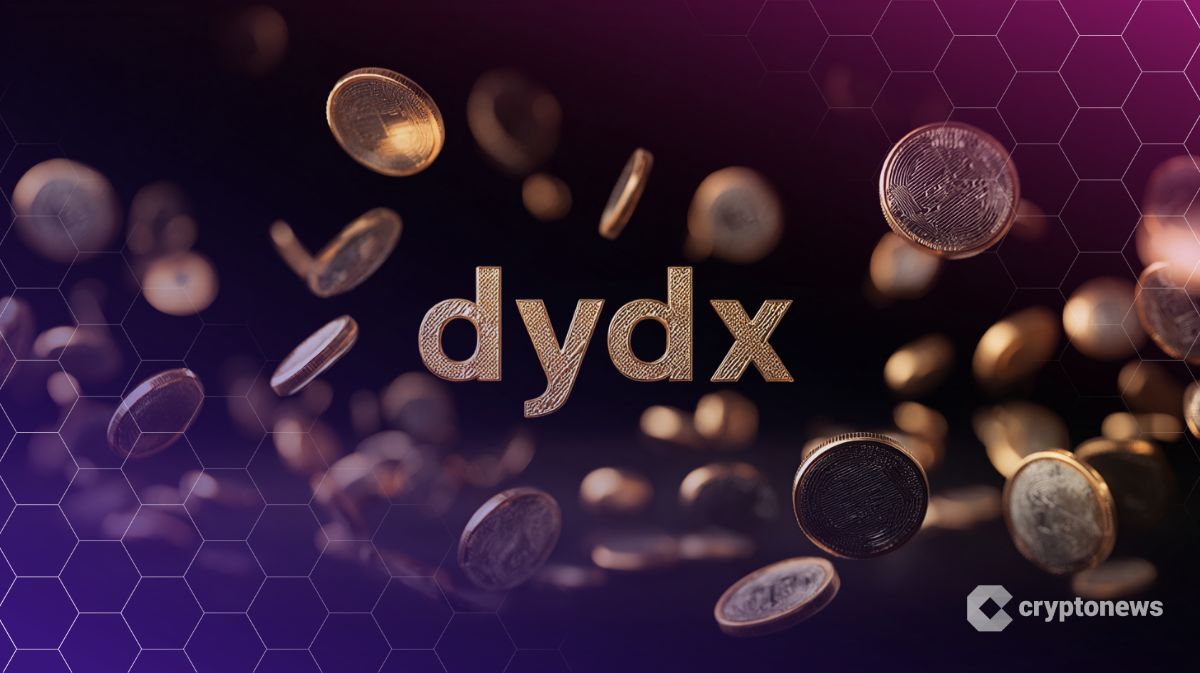Bitcoin dominance hits 3-month low as Ethereum breaks $3,600
Bitcoin’s rally has finally trickled down to the rest of the crypto markets, with its dominance falling sharply in favor of altcoins.
Signs that the altcoin season may be starting are finally here, and Ethereum (ETH) is leading the way. On Friday, July 18, Bitcoin’s (BTC) dominance fell by 3.35% to a three-month low of 60.8%. The biggest crypto asset saw moderate losses of 0.59% while falling below $118,000, while altcoins surged.

At the same time, Ethereum was one of the standout performers today, rising 5.56%, amid significant ETF inflows. Its dominance rose 1.87%, just as the ETH price briefly broke $3,600 for the first time since January.
What is more, Ethereum attracted significant ETF inflows, with $727 million on July 16 alone. BlackRock’s ETHA accounted for about $499 million of that figure. Moreover, monthly inflows rose 36%, outpacing Bitcoin ETFs, which saw their inflows grow by 10%.
Regulatory tailwinds boost Ethereum and altcoins
Most other altcoins registered strong gains, as traders converted their Bitcoin profits into tokens with more potential upside. The likely reason for the market’s appetite for risk is the passage of three crypto-related bills, which will significantly reshape the industry.
Notably, the recently passed Clarity Act delineates the jurisdiction between the SEC and the CFTC. This is particularly important for altcoins, including Ethereum. Virtually all altcoins were previously considered securities, which meant that they had to adhere to stringent securities laws.
For Ethereum, the passage of crypto legislations opens an opportunity for more institutional investment and participation. Due to its position as the largest and oldest blockchain that enables smart contracts, it is attracting significant institutional capital. What is more, legislation will likely attract even some conservative investors to look beyond Bitcoin for opportunities in the crypto arena.
You May Also Like

dYdX Snaps Up Telegram Trading App That Hit $1B Volume in Under a Year

Charles Schwab CEO: Will provide spot trading of BTC and ETH in the next 12 months
